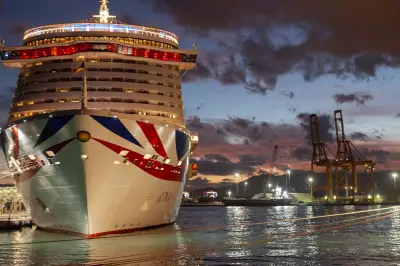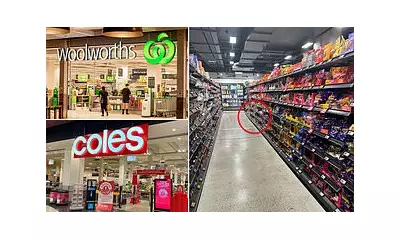
Britain's beloved high streets are facing their most dramatic transformation in decades as multiple retail giants announce sweeping closure programmes that will reshape shopping districts across the country.
The Vanishing High Street
From city centres to market towns, familiar storefronts are disappearing at an alarming rate. The retail landscape is undergoing what industry experts are calling a "fundamental restructuring" as consumer habits shift and economic pressures mount.
Major Players Pulling Down Shutters
Boots, the healthcare and beauty stalwart, is set to close 300 locations in a brutal cull that will leave many communities without their local pharmacy. The closures, part of a wider consolidation strategy, represent nearly 10% of their UK estate.
Marks and Spencer, once the undisputed king of the British high street, continues its strategic retreat with 20 more full-line stores scheduled for closure. The iconic retailer is focusing on food halls and out-of-town locations, abandoning many traditional high street sites.
The Wilko Wipeout
Perhaps the most dramatic collapse has been Wilko, which entered administration in 2023 resulting in the complete disappearance of all 400 stores from UK high streets. The family-owned variety chain, which employed thousands, fell victim to fierce competition and changing retail patterns.
Other Significant Closures
- Argos: Closing 100 standalone stores as it moves towards digital and supermarket concessions
- New Look: Shutting 35 fashion outlets amid restructuring efforts
- WH Smith: Closing several high street locations while expanding in travel hubs
- Costa Coffee: Shutting selected sites as part of portfolio optimisation
What's Driving the Retail Exodus?
Several factors are converging to create this perfect storm for physical retailers:
- The online shopping revolution continues to divert spending away from physical stores
- Soaring operating costs including business rates, energy bills and wage increases
- Changing consumer habits with more people working from home and shopping locally
- Post-pandemic recovery that never fully materialised for many town centres
Impact on Communities
The closure of anchor stores creates a devastating ripple effect, leaving empty units that deter shoppers and damage the viability of neighbouring businesses. Many town centres are facing what urban planners call the "doughnut effect" - busy peripheries with dead centres.
Is This the End of the High Street?
While the current wave of closures paints a bleak picture, retail experts suggest this represents evolution rather than extinction. Successful high streets are adapting by:
- Focusing on experience-led offerings like restaurants and entertainment
- Embracing mixed-use developments combining retail with residential
- Developing stronger local independent sectors
- Improving public spaces and accessibility
The Great British high street isn't disappearing - but it is transforming into something new, different, and potentially more diverse than ever before.





